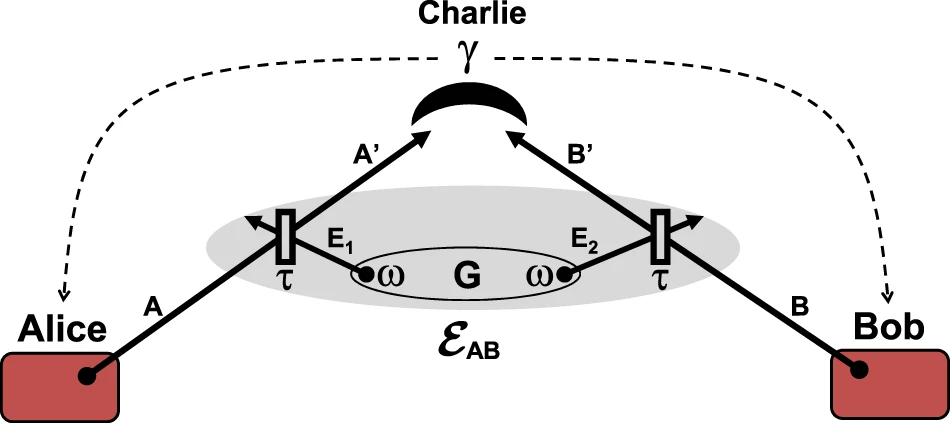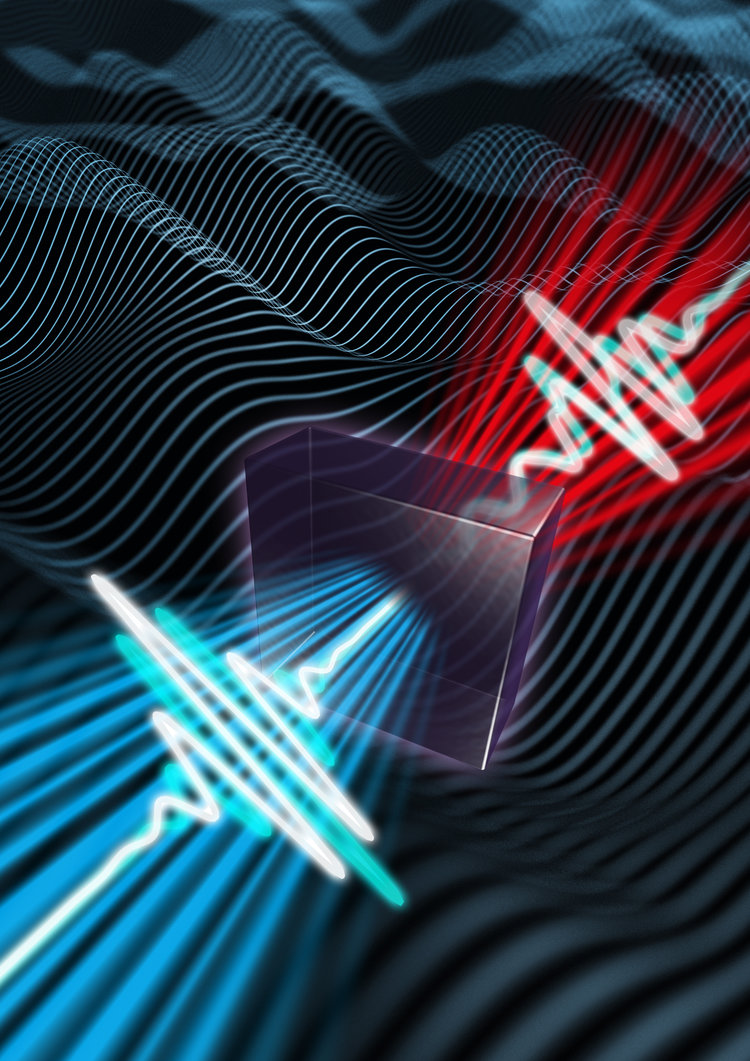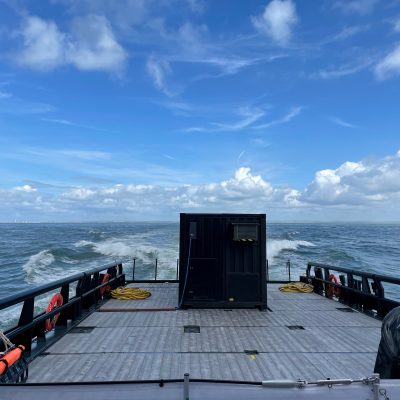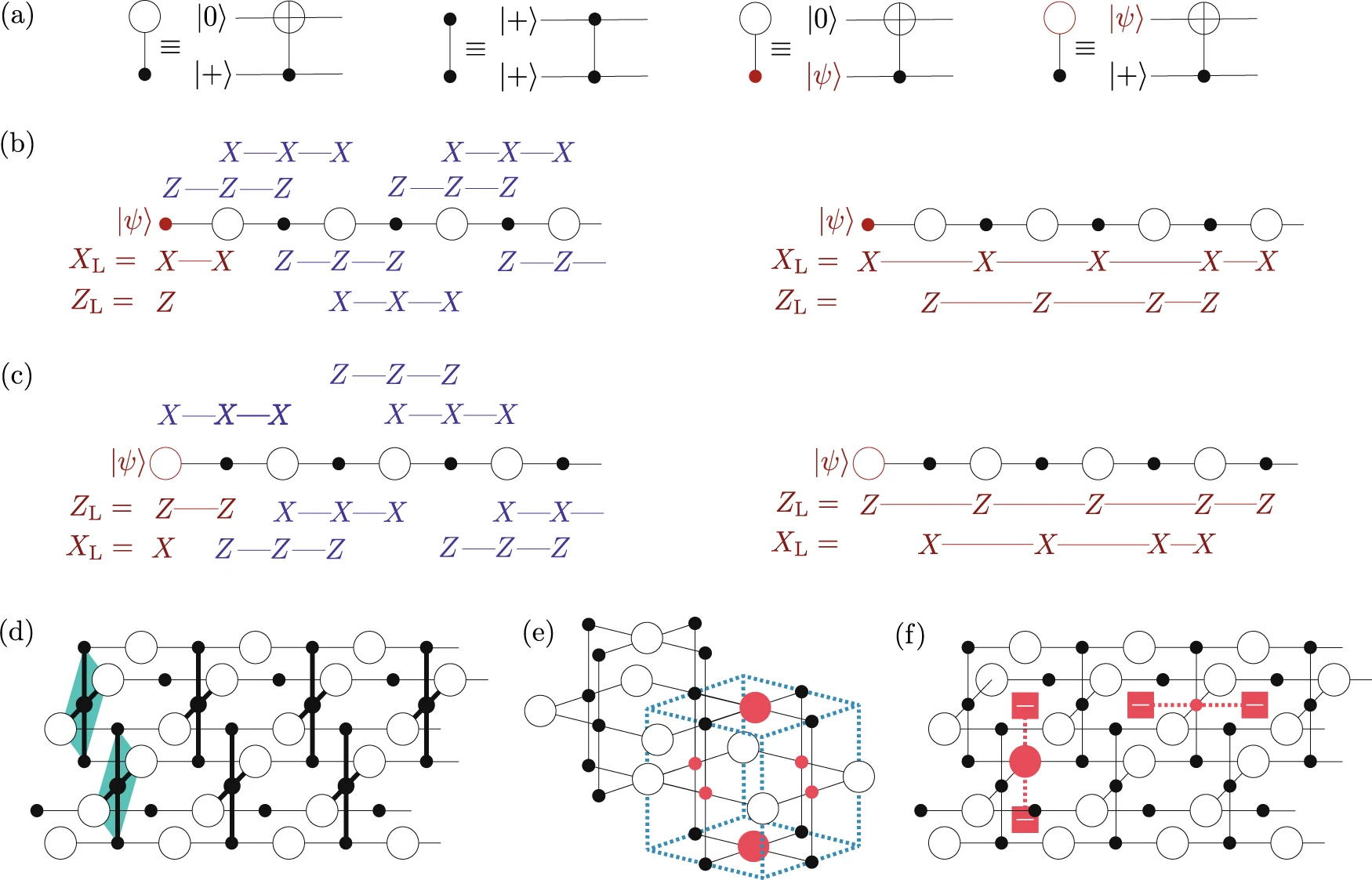This research explores quantum relay technology in non-Markovian conditions, extending beyond traditional independent error models. Quantum relays serve as fundamental components in quantum networks, enabling essential protocols like entanglement swapping, distillation, teleportation, and Quantum Key Distribution (QKD) between two end-users.
While previously studied under Markovian decoherence assumptions (independent, identically distributed errors), this work examines how correlated environmental noise affects relay performance. These correlations are increasingly relevant in both miniaturized quantum chips and long-distance communications, where shared environments and potential eavesdropping create non-Markovian dynamics.
The researchers developed a theoretical framework for continuous-variable systems experiencing spatially correlated Gaussian noise. Their most surprising finding emerges under extreme decoherence conditions, where entanglement-breaking links would normally render quantum protocols impossible under Markovian assumptions.
By progressively increasing environmental noise correlations while maintaining their separable nature (without external entanglement), they discovered a critical “reactivation threshold.” Beyond this threshold, quadripartite entanglement between setups and transmitted modes becomes possible again. The relay’s measurement can then localize this multipartite entanglement into exploitable bipartite form shared between remote parties.
The reactivation occurs progressively as environmental correlations increase: first reactivating entanglement swapping and teleportation, followed by entanglement distillation, and finally QKD. Their proof-of-principle experiment confirmed this theory by demonstrating QKD protocol reactivation, achieving secret-key rates exceeding the single-repeater upper bound for private communication.
This represents the first demonstration that memory effects in quantum environments can significantly enhance quantum relay performance beyond established theoretical limits. The findings have implications for quantum network architectures across scales, from chip-level implementations to long-distance quantum communications, offering new approaches to overcome decoherence limitations through environmental correlation management.
npj Quantum Information, Published online: 21 May 2021; doi:10.1038/s41534-021-00413-2




